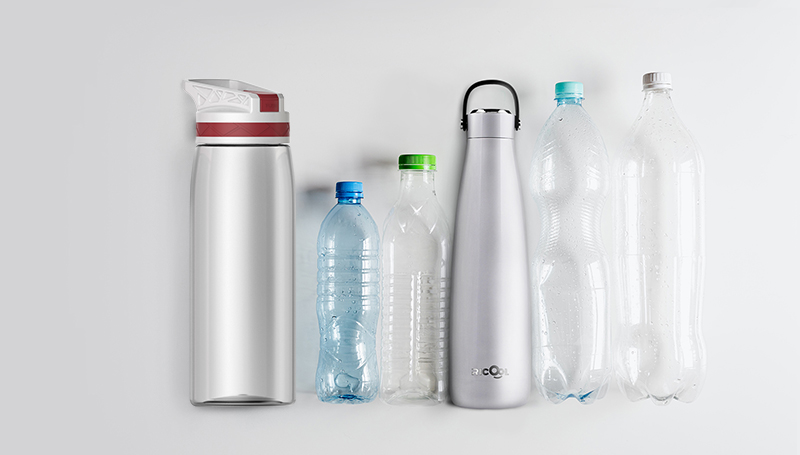What Harm Does the Disposable Water Cup Cause to the Environment?
Disposable water cups include disposable plastic cups and disposable paper cups.
Some of the ingredients in these two products may be harmful to human health, which is why many regions have advocated banning the use of disposable cups.
The plastic production process consumes a lot of oil and energy, and it is difficult to degrade after use, which is one of the white pollution.
The main component of paper cups is cellulose, which is a natural renewable resource. Many people think that paper cups are more environmentally friendly, but the degradation of cellulose requires a certain temperature and humidity, which may not be completely biodegradable, especially in arid areas.
The paper used to produce disposable paper cups is made from wood pulp, and a large amount of trees need to be cut down during the production process.
Plastics, on the other hand, are hydrocarbons extracted from petroleum, which require extensive survey and exploitation.
All these will have a bad influence on the natural environment.

It can be seen from the above analysis that people have certain misunderstandings about the environmental protection of disposable water cups. The large amount of energy consumed in the manufacturing process of disposable water cups is a great waste of resources and the environment, and there is also white pollution. We should use less disposable water cups. We should promote environmentally friendly, recyclable plastic water cups or stainless steel water cups, and give priority to using food-grade or higher-standard materials made of food-grade water cups. This is not only good for health, but also for the big contribution to natural recyclable resources.